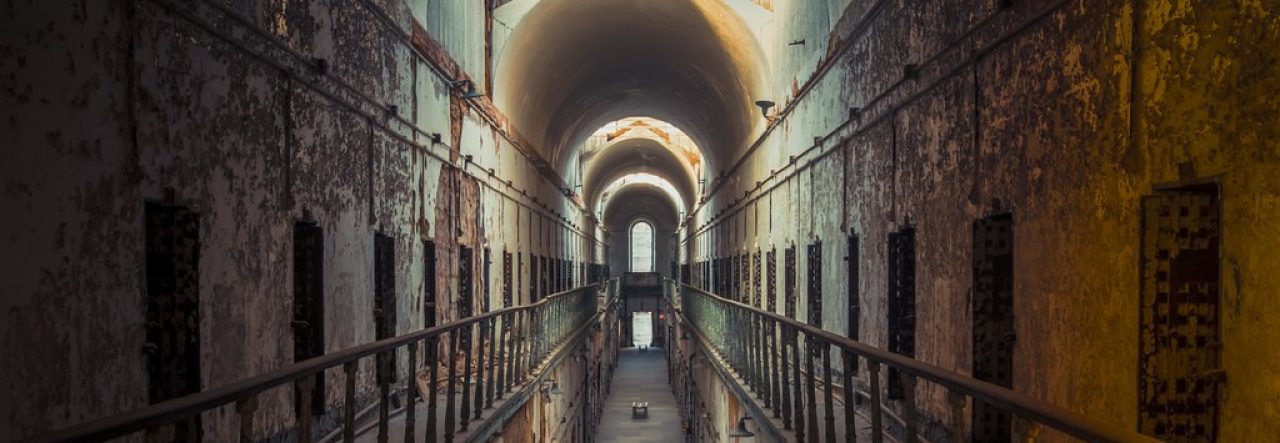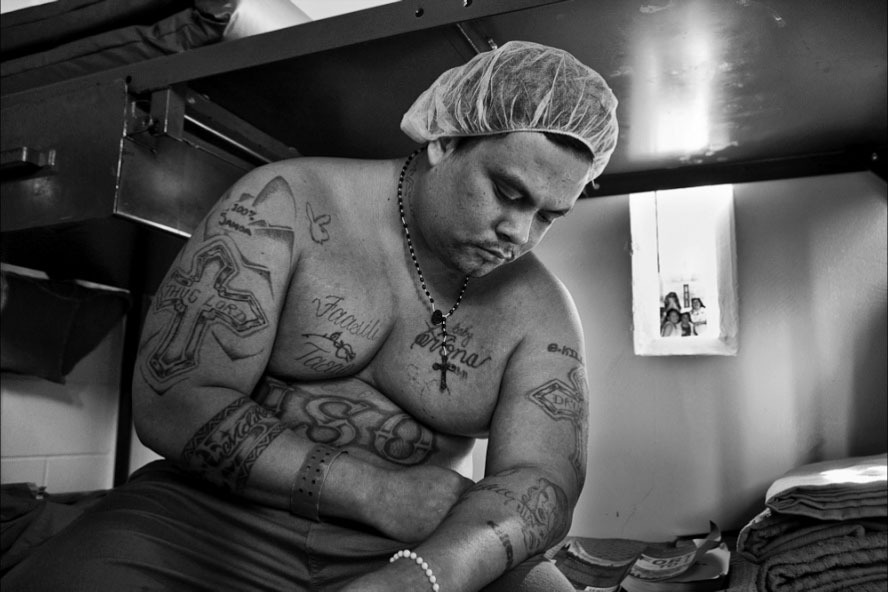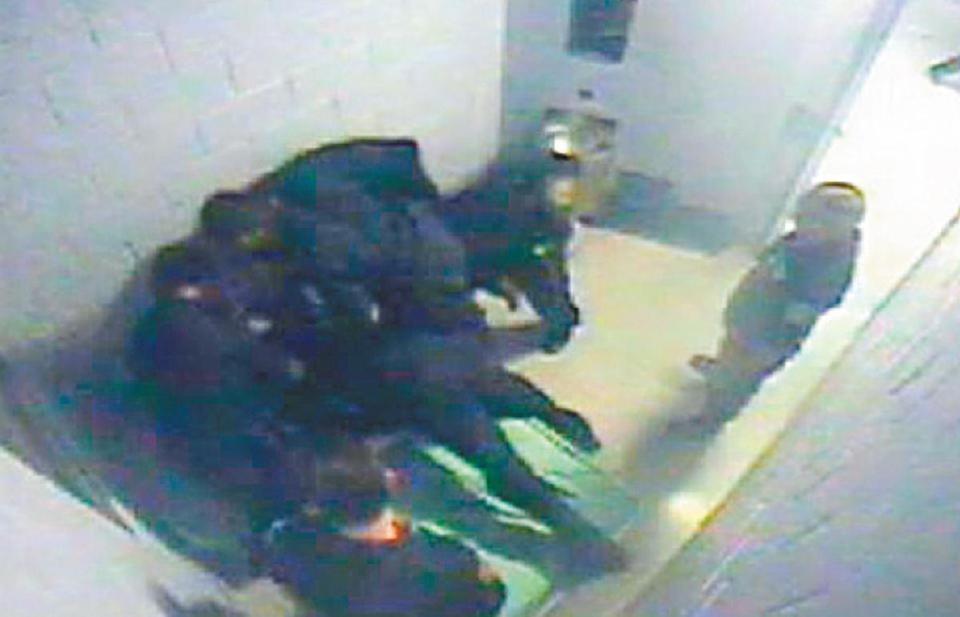Well, our criminal justice system is not flawless. According to statisticians, a little over four percent of those sent to death row are innocent. In another unsurprising turn of events, United States Supreme Court Justice Antonin Scalia’s claim that courts are correct “99.973 percent” of the time is, well, wrong.
This specific study focused on death row. Death row presents a unique situation in terms of guilt and innocence. In around ninety-three percent of criminal cases, plea bargains are reached before a court even has to render a sentence. But death row involves much more time examining a case. Death row trials involve a bifurcated trial process. Death row trials often are subject to years and years of appeals. And even after all of this, 4.1 percent of death row inmates are most likely innocent.
The exception, the authors argue, is death penalty cases. Here, matters of guilt and innocence are examined in detail, often for decades after sentencing. Even though these cases account for less than 0.1 percent of the prison sentences in the US, 12 percent of the individuals who are exonerated after conviction were sentenced to death. So if we’re ever to have an accurate measure of the rates of erroneous convictions, this is the place.
The authors also note that even when a death row inmate is exonerated, his sentence is most likely converted to one of life in prison. This means that many who are exonerated will often end up serving the remainder of their lives behind bars. While the state will not directly put them to death, these convicted will die under its watch. These are the most likely innocent individuals that the study did not reach. Thus, the 4.1 percent number might in actuality be lower.
Read the original researchers’ paper at the Proceedings of the National Academy of Sciences of the United States. Thanks to John Timmer of Ars Technica for the find.




